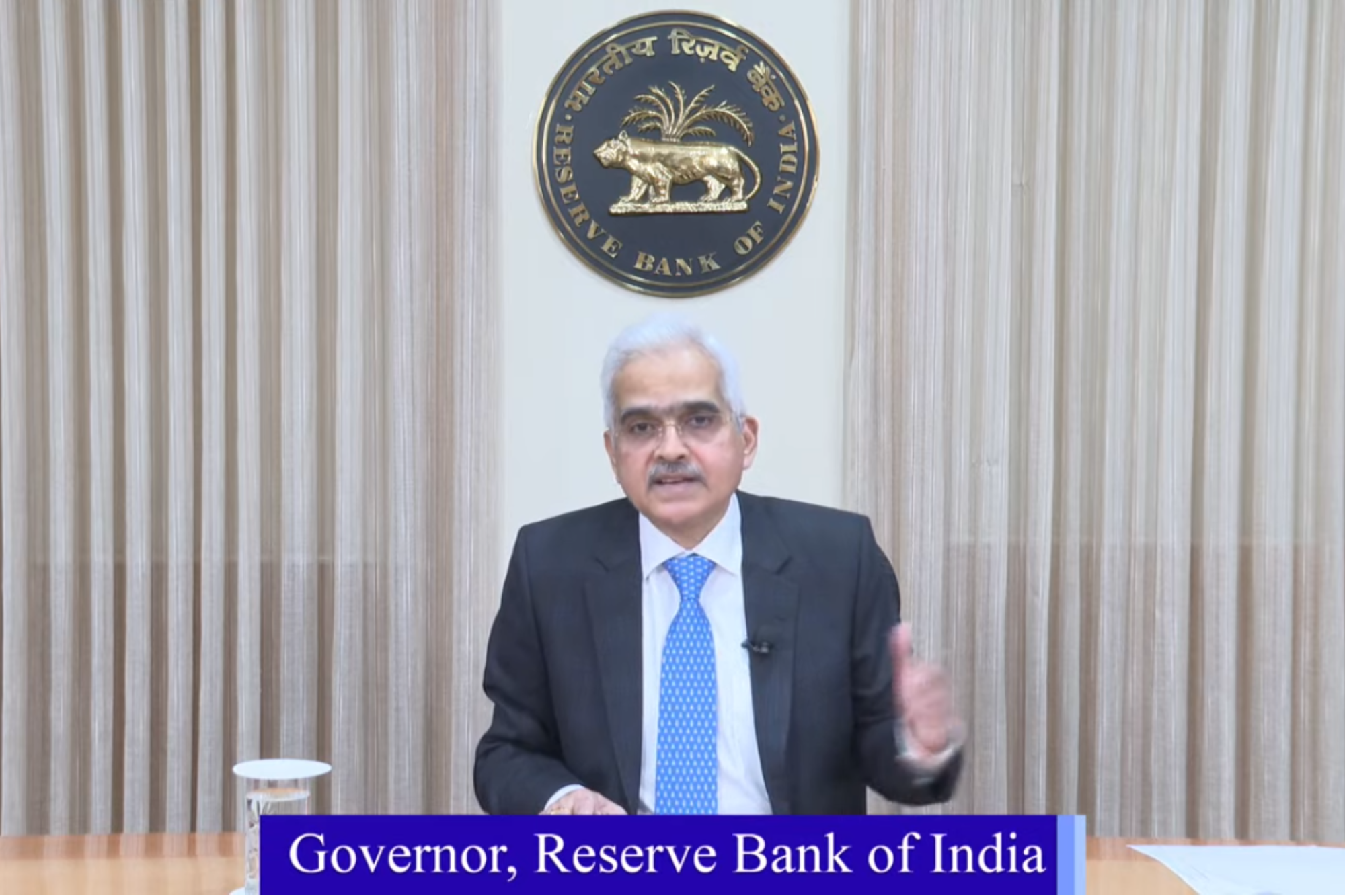RBI Holds Repo Rate Steady at 6.50 Per Cent For the Third Time This Year The standing deposit facility (SDF) rate, the marginal standing facility (MSF), and the Bank Rate remain unchanged at 6.25 per cent, 6.75 per cent and 6.75 per cent, respectively.
You're reading Entrepreneur India, an international franchise of Entrepreneur Media.

The Reserve Bank of India (RBI) on Thursday kept the repo rate unchanged at 6.50 per cent. The previous change in the key rate took place in February 2023 when RBI hiked the repo rate by 25 basis points to 6.50 per cent.
The decision was made unanimously by the Monetary Policy Committee (MPC), comprising RBI Governor Shaktikanta Das, Rajiv Ranjan, Ashima Goyal, Shashanka Bhide, Jayanth Varma, and Michael Patra. The committee held meetings for three days in a row- 8th, 9th and 10th of August 2023.

The Repo Rate has remained unchanged for a total of three MPC meetings this year so far.
Repo rate refers to the rate at which banks deposit money with RBI.
Furthermore, Governor Das also shared the decision to keep the standing deposit facility (SDF) rate, the marginal standing facility (MSF), and the Bank Rate unchanged at 6.25 per cent, 6.75 per cent and 6.75 per cent, respectively. The above-mentioned rates were also last changed in February 2023.
"Headline inflation, after reaching a low of 4.3 per cent in May 2023, rose in June and is expected to surge during July-August, led by vegetable prices. While vegetable price shock may reverse quickly, possible El Nino weather conditions along with global food prices need to be watched closely against a backdrop of a skewed South West monsoon so far," shared Das.
The committee also decided with a majority of 5:1 to continue focusing on the withdrawal of accommodation to ensure the inflation progressively aligns with the targets while supporting growth.
Reacting to the announcement, Anshul Gupta, Co-Founder and Chief Investment Officer, Wint Wealth said "The RBI's decision to keep the repo and the reverse repo rates unchanged was aligned with the market expectations. For retail investors, this is a good time to lock in their desired fixed-income allocation in bank FDs. 10 year Gsec yields after having fallen to 7% in June have risen to 7.2% in August. Investing in long duration debt funds can also be a good strategy. As the interest yields start falling, the capital appreciation of long duration bonds can give good returns. For home loan borrowers, fixed-rate loans may be available in the market at some discount compared to floating-rate loans. However, since rate cuts are expected in the foreseeable future, it is better to continue with floating interest rate loans for now."
"RBI holding rates will provide continued stability to lending rates and help to support economic activity, particularly during the upcoming festive season. This is a welcome move, as it will help to keep borrowing costs low and encourage businesses and consumers to spend. Indian FPI flows at USD 20 BN this year is near a decadal high and show the overall macroeconomic sentiment of the economy and the attractiveness of the Indian market," shared Manish Lunia, Co-Founder, Flexiloans.
"While the RBI has expectedly not changed the repo rate or stance this time, there has been a change in inflation outlook quite significantly. Interestingly the RBI has increased the forecast to 5.4% from 5.1% with the second quarter inflation crossing 6% (6.2%). This is indicative that for the present calendar year, there is no probability of a rate cut as inflation forecast for Q3 is placed at 5.7%," shared Madan Sabnavis, Chief Economist, Bank of Baroda.










